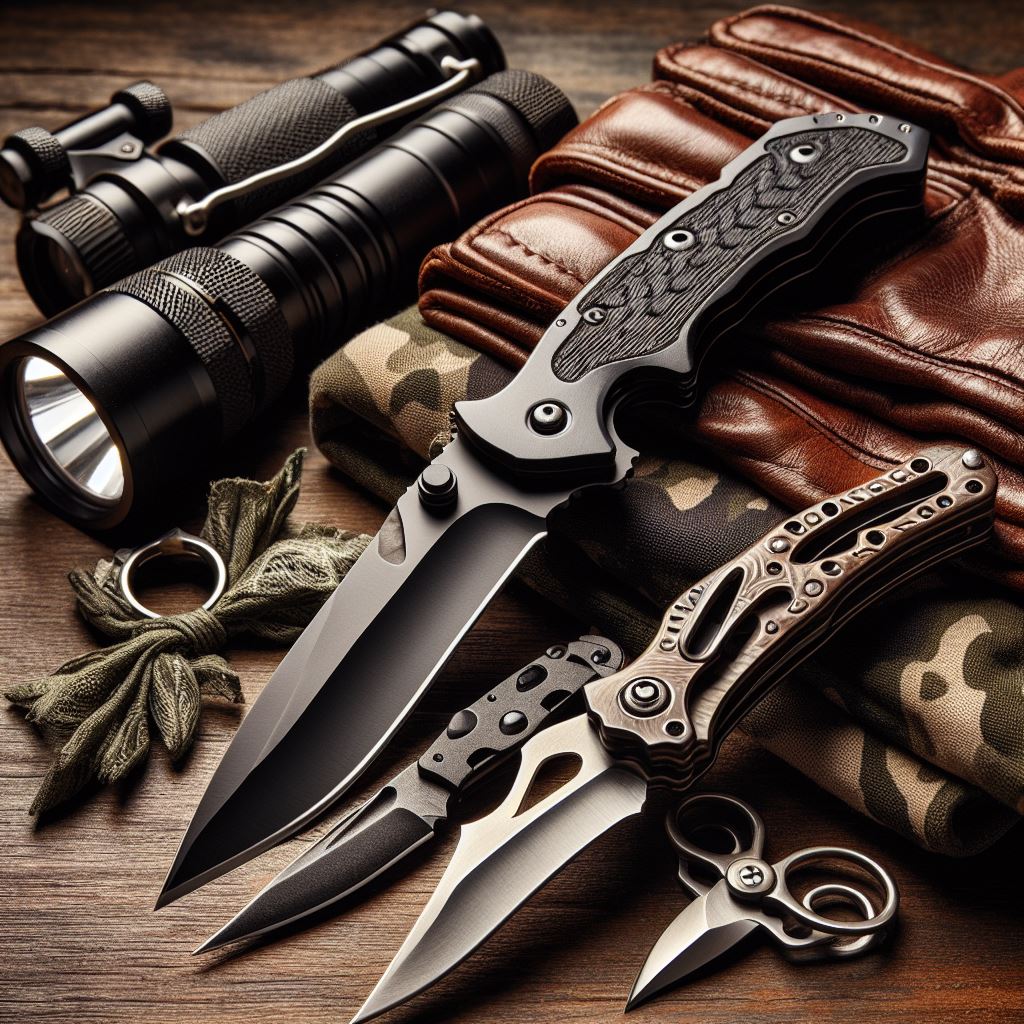Important Disclaimer:
Before considering a self-defense knife, it's crucial to understand your local laws. Knife carry regulations vary significantly across states and even municipalities. Always research and comply with relevant laws to avoid legal trouble. Additionally, self-defense training is highly recommended to develop the necessary skills for safe and effective knife use in a threatening situation.”
In the face of unexpected danger, many individuals seek tools for self-protection. Self-defense knives are a popular choice, but with various types available, navigating this market can be confusing. This article hunts into the different categories of self-defense knives in the United States, helping you make an informed decision based on your needs and legal restrictions.
Key Highlights
- U.S. Knife Laws Vary: Before buying a self-defense knife, research local regulations on blade length, opening mechanisms, and carry styles to avoid legal issues.
- Self-Defense Training Crucial: Owning a knife for self-defense is only effective with proper training to handle it safely and deploy it effectively in a threatening situation.
- Consider Alternatives: Pepper spray and personal alarms can be viable self-defense options depending on your comfort level and legality in your area.
We May Charge Commission on Links

Pictures Credit Goes to Self Defense Mall
Understanding Knife Functionality:
- Fixed Blade: These knives have a permanent, non-folding blade attached to the handle. They offer superior strength and are generally easier to access quickly. However, fixed blades can be more challenging to conceal and may not be legal to carry openly in all areas.
- Folding Knife: These knives feature a blade that folds into the handle for easier storage and portability. They come in various sizes and opening mechanisms, making them more discreet for everyday carry. However, folding knives may require two hands to open, potentially slowing down deployment in a tense situation.
Choosing the Right Self-Defense Knife:
Once you've familiarized yourself with local laws, consider these factors when selecting a self-defense knife:
- Legality: Research your state's and city's specific knife carry laws regarding blade length, opening mechanisms, and carry styles (e.g., concealed or open).
- Blade Length: A longer blade offers more reach but can be less concealable. A blade between 3 and 4 inches is a practical compromise for self-defense while maintaining portability.
- Blade Material: High-quality steel ensures sharpness and durability. Popular options include 440C stainless steel, 154CM, and CPM-S30V.
- Handle Material: The handle should be comfortable and provide a secure grip. G10, rubber, and textured synthetic materials offer excellent grip properties.
- Deployment Mechanism: Folding knives have various opening mechanisms. Spring-assisted knives and those with thumb studs allow for one-handed deployment. Consider your dexterity and preferred opening style.
- Locking Mechanism: Folding knives with locking mechanisms prevent the blade from accidentally folding back on your fingers during use. Liner locks and frame locks are common, reliable options.
Popular Self-Defense Knife Types:
- Pocket Knife: This is a general term for a folding knife small enough for convenient everyday carry. They offer basic self-defense capabilities but may not be ideal for dedicated self-defense situations.
- Clip Point Knife: This classic design features a pointed tip and a slightly curved belly. It offers a good balance of piercing and slicing capabilities.
- Tanto Point Knife: The Tanto point has a robust, thick blade with a substantial tip ideal for thrusting and self-defense applications.
- Spring-Assisted Knife: These knives utilize a spring mechanism to assist with blade deployment, allowing for one-handed opening. This can be advantageous in a self-defense scenario.
- Fixed-Blade Knife: These knives offer superior strength and are generally easier to access quickly. However, they are less concealable and may be subject to stricter regulations.
Important Considerations Beyond the Knife:
- Training: Self-defense training is essential for learning proper knife handling techniques and developing the skills required to use a knife effectively and safely in a self-defense situation.
- Maintenance: Regular sharpening and proper care are crucial for maintaining the knife's effectiveness and safety.
- Alternatives to Knives: Pepper spray and personal alarms can be viable self-defense options depending on your comfort level and local laws.
Conclusion
Choosing a self-defense knife is a personal decision that requires careful consideration of local laws, your needs, and responsible use. Remember, self-defense training is paramount, and a knife should be seen as a last resort. By understanding the different types of self-defense knives and prioritizing safety through training and responsible carry, you can make an informed decision for your personal security.

No comments yet